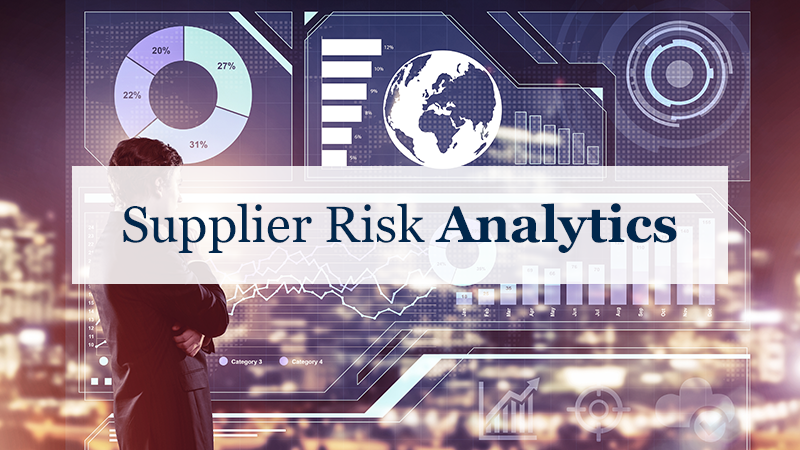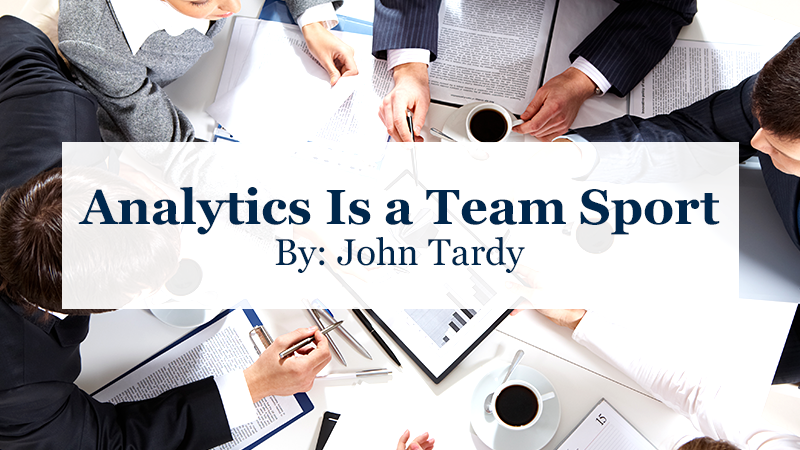
It’s often easier to reduce an organization’s costs than it is to increase its income, but the bottom line is the same — an increase in revenue. If you’re looking for ways to streamline your expenditures and improve your cost savings, it’s time to look at your analytic data.
Analyze Your Data for Savings Opportunities
Your expense sheet holds all of the information you need to identify potential opportunities. Identify your largest suppliers and vendors and begin there. Look for opportunities to:
- Reduce prices through discounts. Long relationships with another vendor may put you in the position to negotiate.
- Reduce prices through consolidation. If you’re currently working with multiple vendors, you may be able to save money by consolidating through a different business.
- Reduce prices through alternatives. Some vendors may no longer be competitive in relation to others within their industry.
Use Your Reporting
Visualized, aggregated data gives you valuable insights that you might not be able to see on a spreadsheet. This is the premise behind big data visualization: large-scale patterns may only be visible once data is consolidated, analyzed, and visualized. Using the right software solutions, you can better understand where your organization is spending the bulk of its money. From there, you can look at ways to fine-tune your operations.
Look at Supplier Performance
A supplier may not just be costing you money in terms of raw materials. Assessing supplier performance is also necessary to determine the full impact of their costs. Are delays making it necessary for your organization to delay products? Have mistakes in the supplier chain required returns or additional administrative processing? Supplier performance impacts efficiency, which can impact the system as a whole.

At the same time, contract compliance must also be enforced. If suppliers are required to deliver product under certain guidelines — and they are not doing so — then they are not performing up to their contract. Issues of compliance must be enforced if negotiations are to be useful.
Forecasting and Planning Your Cost Savings
In addition to making decisions based on current spending, you must also consider future spending. If certain areas of your business are about to grow and expand, then your organization needs to focus on developing out these sectors and reducing costs within them. If areas of your organization are starting to become obsolete, then their cost savings benefits are going to be minimal.
Creating Results from Data Analysis
Data analysis is not effective if it isn’t used to affect change. Once your cost savings data has been analyzed, it’s time to make simple, clear, and functional changes to the spending of the departments that it impacts.
If you want to reduce spending in your organization, comprehensive data analysis is the most effective way. Through better data analysis, you can drill down to your organization’s spending habits, discovering inefficiencies and identifying trends. Of course, this also requires the right software and the right business processes. You can find out more through the experts at Starr & Associates.


